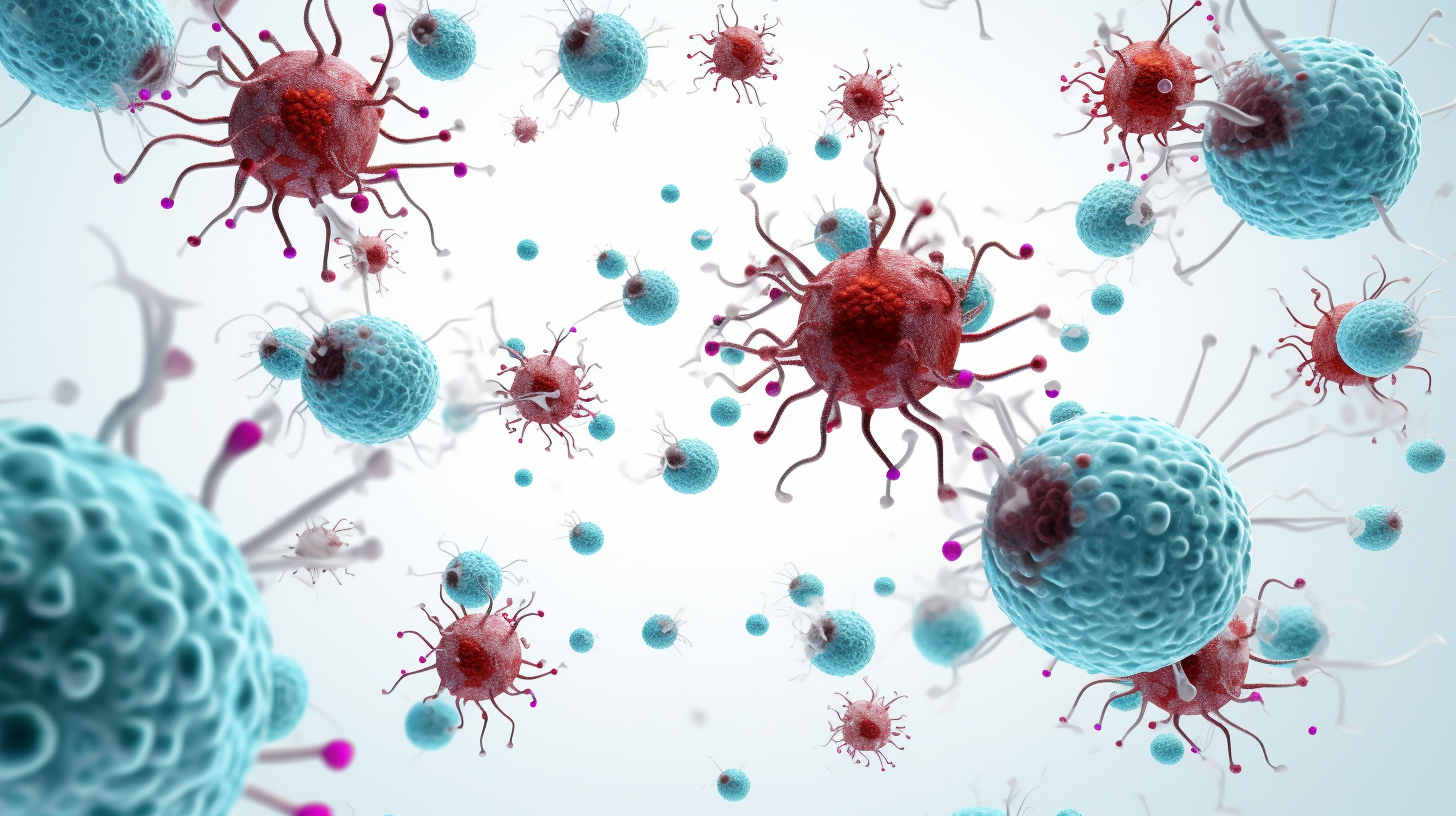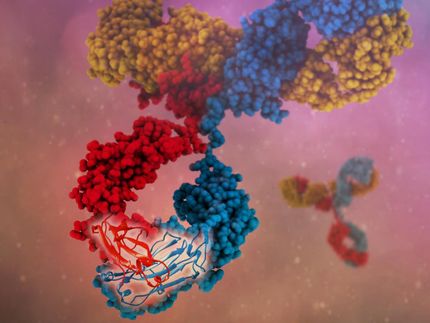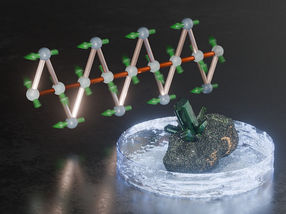Pharmexa and Affitech enter into an exclusive license agreement to promote Diabody technology
Advertisement
Pharmexa and Affitech A/S have entered into a license agreement to promote a single chain bi-specific antibody (diabody) technology to third parties for further product development, as well as to utilize the technology for Affitech's own research.
Pharmexa has granted a worldwide exclusive license to Affitech AS for certain intellectual property rights (IPR) to recombinant antibody-like proteins known as bi-specific single chain antibodies, or diabodies. Diabodies have unique attributes making them attractive candidates for a variety of therapeutic applications. Under the terms of the agreement, Affitech may conduct IND-enabling research activities and will sub-license the IPR to third parties to conduct relevant activities leading to the manufacturing and commercialization of licensed products. Pharmexa and Affitech will share all proceeds from such third party agreements.
Other news from the department business & finance
Most read news
More news from our other portals
See the theme worlds for related content
Topic world Antibodies
Antibodies are specialized molecules of our immune system that can specifically recognize and neutralize pathogens or foreign substances. Antibody research in biotech and pharma has recognized this natural defense potential and is working intensively to make it therapeutically useful. From monoclonal antibodies used against cancer or autoimmune diseases to antibody-drug conjugates that specifically transport drugs to disease cells - the possibilities are enormous

Topic world Antibodies
Antibodies are specialized molecules of our immune system that can specifically recognize and neutralize pathogens or foreign substances. Antibody research in biotech and pharma has recognized this natural defense potential and is working intensively to make it therapeutically useful. From monoclonal antibodies used against cancer or autoimmune diseases to antibody-drug conjugates that specifically transport drugs to disease cells - the possibilities are enormous
























































